I wrote this post in two languages. In English and Slovak language.
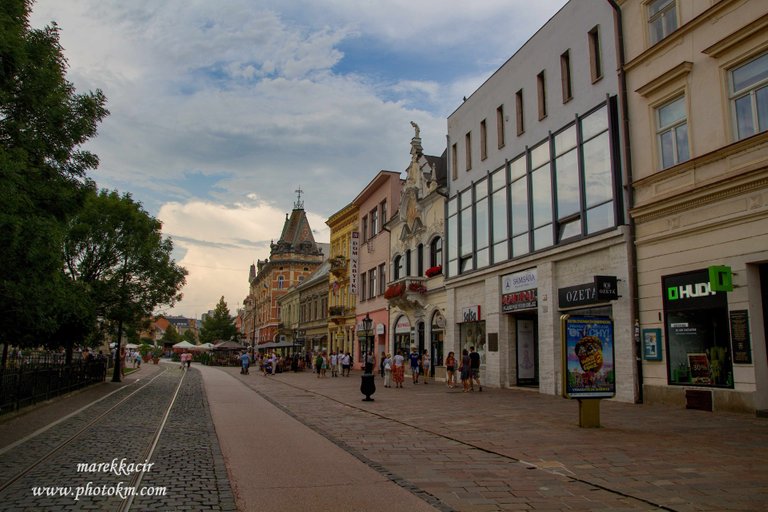
Košice contains a number of historical buildings that the visitor can see. I chose these during one event that takes place in the city every year. The event is called White Night. During this day, the museums are open longer into the night. Some objects look a little scarier at that time, and especially when one imagines what they probably looked like in the Middle Ages.
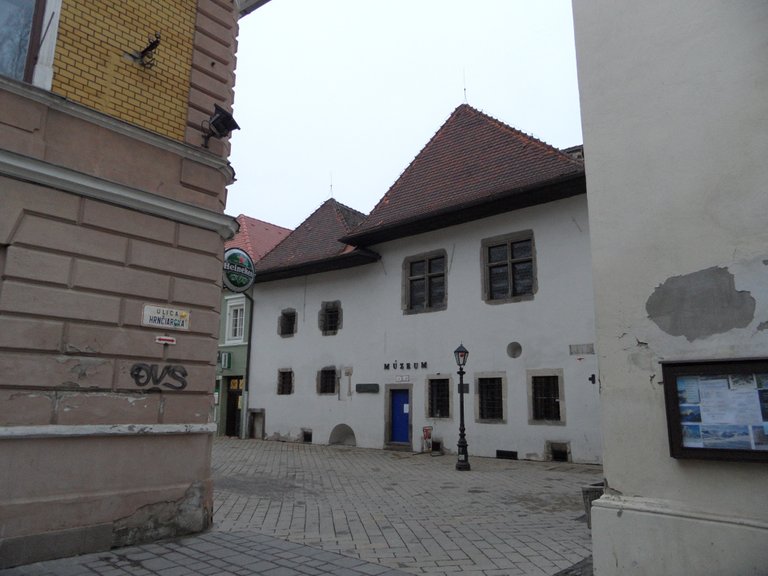
One such place I've been to is Miklus Prison. These are two Gothic houses from the first half of the 15th century, which became a prison in the 17th century. They performed this task until 1909.
We go upstairs and I already have chills all over my body. How about the prisoners in the Middle Ages, who were traveling to cold and dark cells, must have felt. Inside, we go from cell to cell. We see handcuffs, a few instruments of torture that arouse respect.
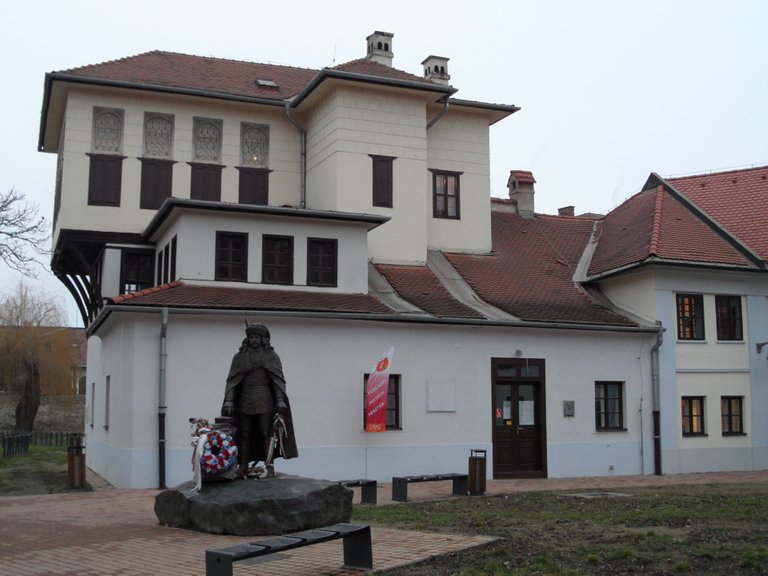
Rodošto. This building is a replica of the house where Francis II lived. Rákoczi in exile in Turkey. After the unsuccessful uprising against the Habsburgs in 1703-1711, Francis II had to. Rákoczi to leave Austria. He found a new home in the Ottoman Empire in Tekirdağ, where he also died. His remains were transported to Košice in 1906 and kept in St. Elizabeth's Cathedral.
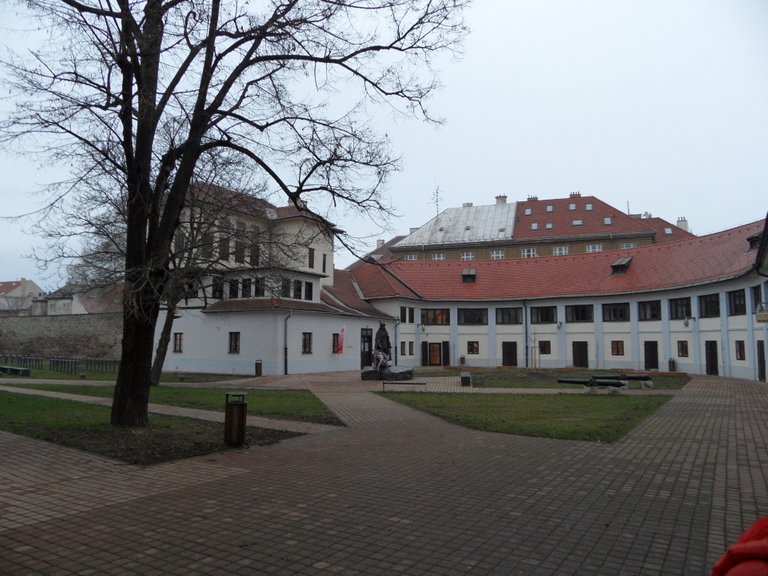
The exposition also includes a tour of the executioner's bastion. It was originally a barbican built in the town by the captain of Košice, Ján Jiskra of Brandýs, in 1441. At that time, the town was threatened with siege by partisans of Vladislav Varnenčík.
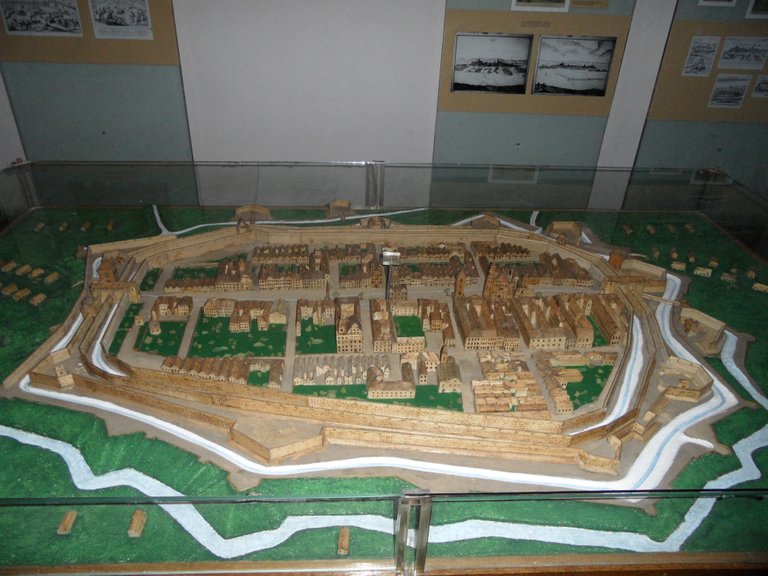
The barbican was built as a massive artillery bastion on which up to 10 parts were deployed. The executioner's bastion is a unique type of fortification. At present, you can see artillery shooting ranges or cannonballs in it.

Košice is currently the second largest city in Slovakia and is also considered the metropolis of eastern Slovakia. The metropolis has already fulfilled its role in the past. Let's take a look at it together. I attach photos from the city to the historical description.
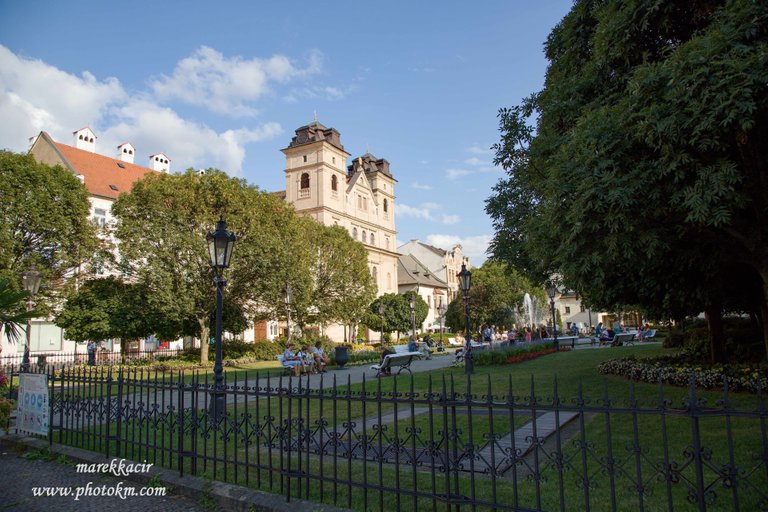
The first written mention dates from 1230, but the city is older. Košice became a city after 1241. At that time, King Belo IV. supported the re-settlement of Hungary after the Mongol invasion. As a result, the people of Saxon Germany came to the city.
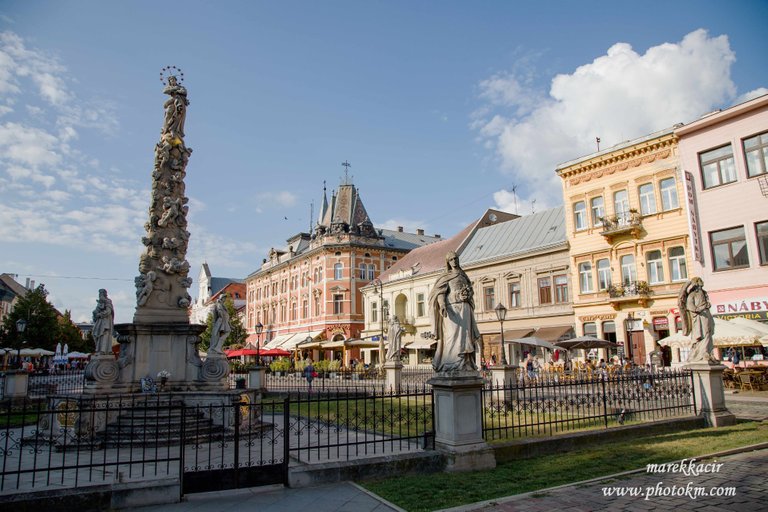
The city was actively involved in politics and in the fighting. In 1312, the city sided with King Charles Robert of Anjou in the fight for the Hungarian throne. They armed their troops and defeated Omodej Abu and Matúš Čák Trenčianský in the Battle of Rozhanovce alongside the king. The city has earned several privileges for this support.
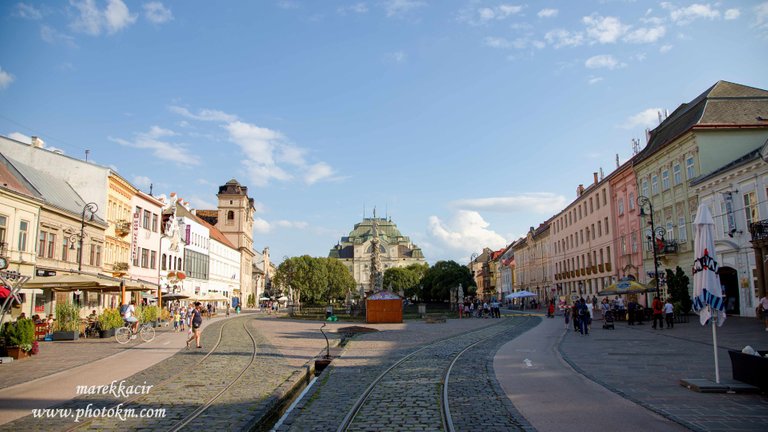
The city gradually gained in importance. It boasts the oldest documented city coat of arms in Europe. It acquired it in 1369. It became the second most important city in the Kingdom of Hungary with the same rights as Buda and was one of the largest cities in Europe. Košice was the cultural, craft and commercial center of Upper Hungary.
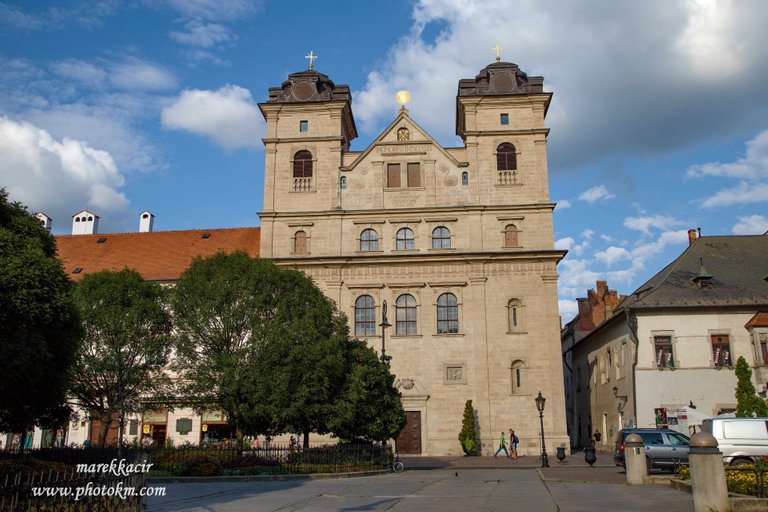
From the 16th century, the situation changed and Košice became the center of the anti-Habsburg estate uprisings. The most important of these was the uprising of Francis II. Rákoci in the years 1703-1711. Almost the whole of Upper Hungary managed to control it.

After the First World War and the disintegration of Austria-Hungary, the Czech-Slovak Republic was established, of which Košice became a part. However, it did not take long, because during the Second World War, Czechoslovakia disintegrated and the city fell to the Kingdom of Hungary.
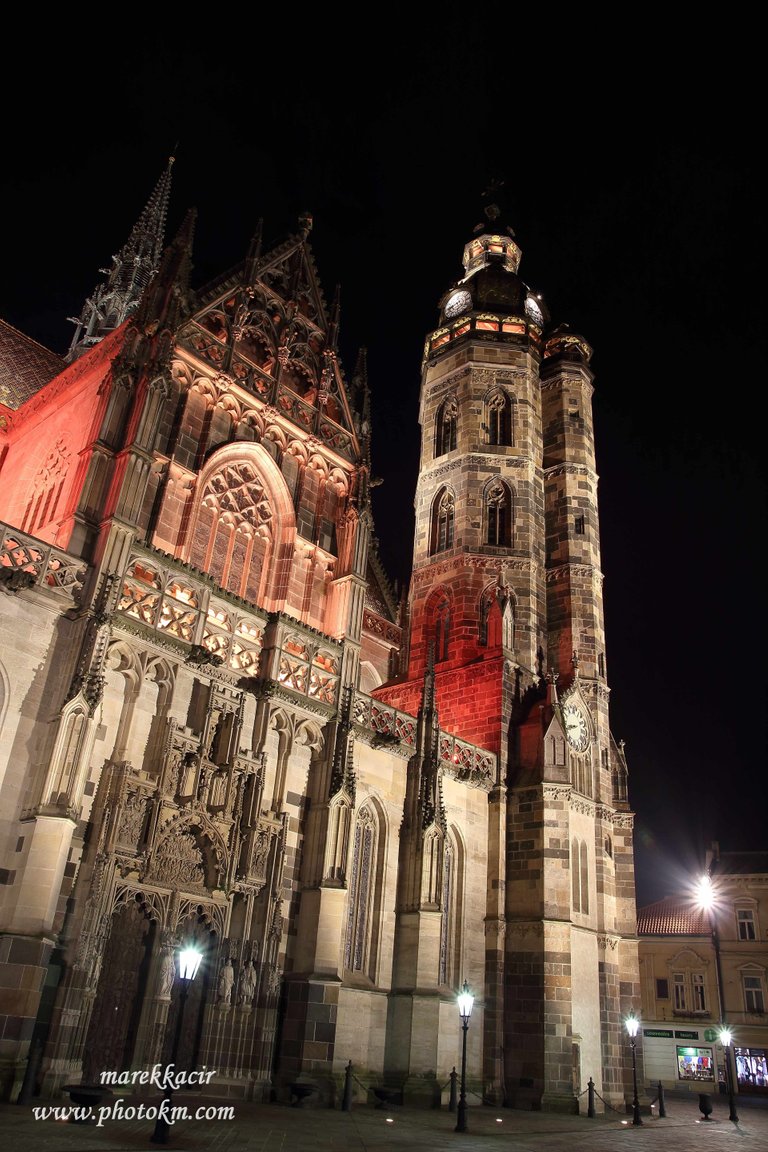
In 1945, after the liberation of the city by the Red Army, the first post-war Czech-Slovak government was formed here and the Košice government program was announced.
In short, Košice is a city worth visiting.
Po Slovensky
Košice v sebe skrývajú množstvo historických objektov, ktoré návštevník môže vidieť. Ja som sa na tieto vybral počas jednej akcie, ktorá sa v meste každoročne koná. Tá akcia sa volá Biela noc. Počas tohto dňa sú múzeá otvorené dlhšie do noci. Niektoré objekty vtedy pôsobia trochu desivejšie a najmä, keď si človek predstaví ako to v nich asi vyzeralo v stredoveku.
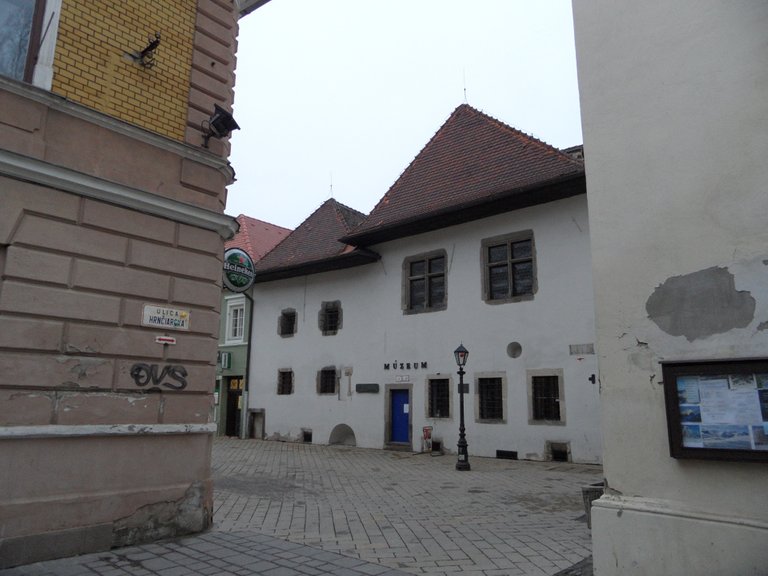
Jedno z takých miest na ktoré som sa bol pozrieť je Miklušova väznica. Sú to dva gotické domy z prvej polovice 15. storočia, z ktorých sa v 17. storočí stala väznica. Túto úlohu plnili až do roku 1909.
Vchádzame hore po schodoch a ja uz teraz mám zimomriavky po celom tele. Ako sa asi tak museli cítiť väzni v stredoveku, ktorý putovali do chladných a tmavých ciel. Vo vnútri prechádzame z cely do cely. Vidíme tu putá, zopár mučiacich nástrojov, ktoré vzbudzujú rešpekt.
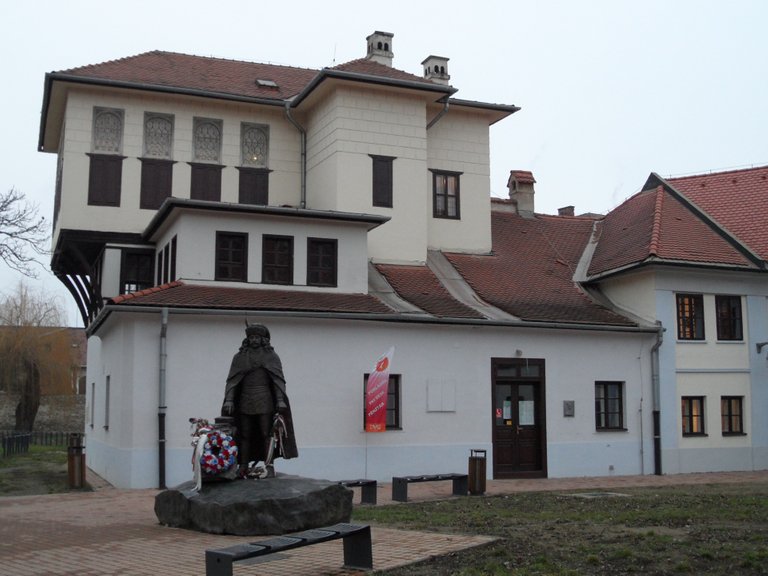
Rodošto. Táto budova je replikou domu v ktorom žil František II. Rákoczi v exile v turecku. Po neúspešnom povstaní proti Habsburgovcom v rokoch 1703-1711 musel František II. Rákoczi opustiť Rakúskouhorsko. Nový domov našiel v Osmanskej ríši v meste Tekirdağ, kde aj zomrel. Jeho ostatky boli v roku 1906 prevezené do Košíc a uchované v Dóme svätej Alžbety.
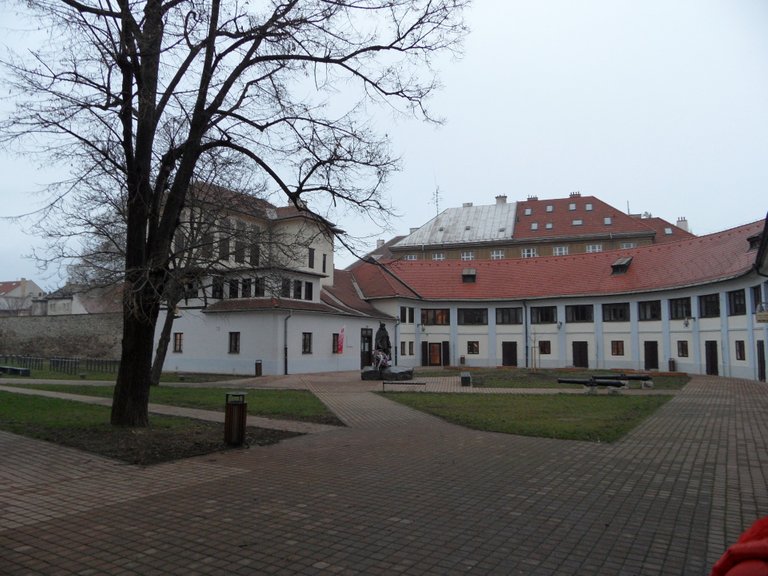
Súčasťou expozície je aj prehliadka katovej bašty. Pôvodne to bol barbakán ktorý v meste nechal vybudovať košický kapitán Ján Jiskra z Brandýsa v roku 1441. V tom čase hrozilo mestu obliehanie zo strany prívržencov Vladislava Varnenčíka.
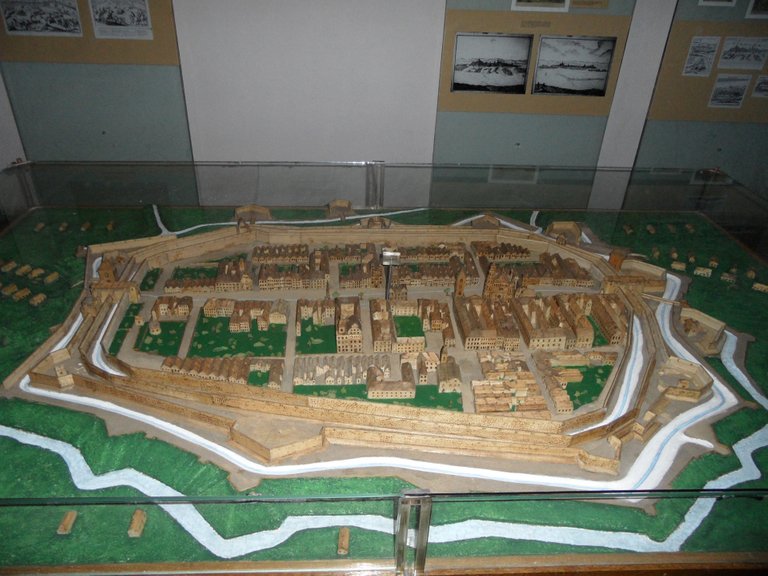
Barbakán bol vybudovaný ako mohutná delostrelecká bašta na ktorej bolo rozmiestnených až 10 diel. Katova bašta je unikátnym typom fortifikácie. V súčasnosti si v nej priezriete delostrelecké strieľne či delové gule.
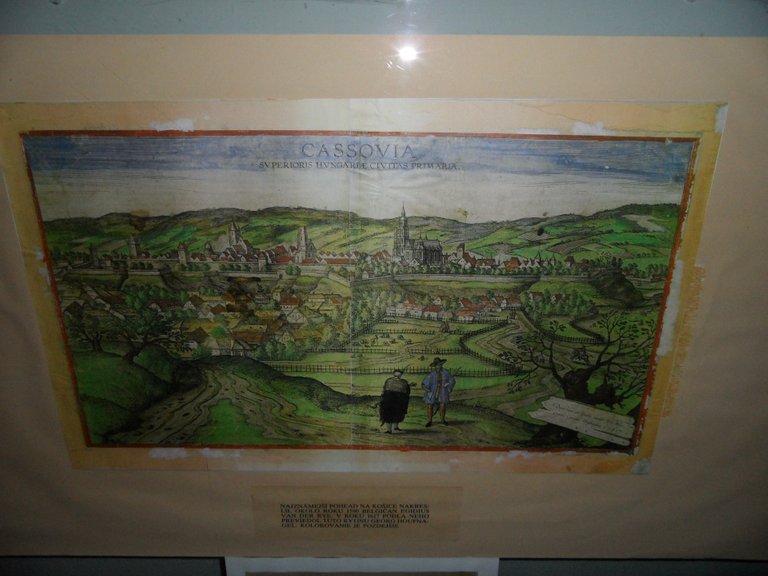
Košice sú v súčasnosti druhým najväčším mestom na Slovensku a zároveň sú považované za metropolu východného Slovenska. Svoju úlohu metropoly plnili už aj v minulosti. Poďme sa na to spolu pozrieť. K historickému opisu prikladám fotografie z mesta.
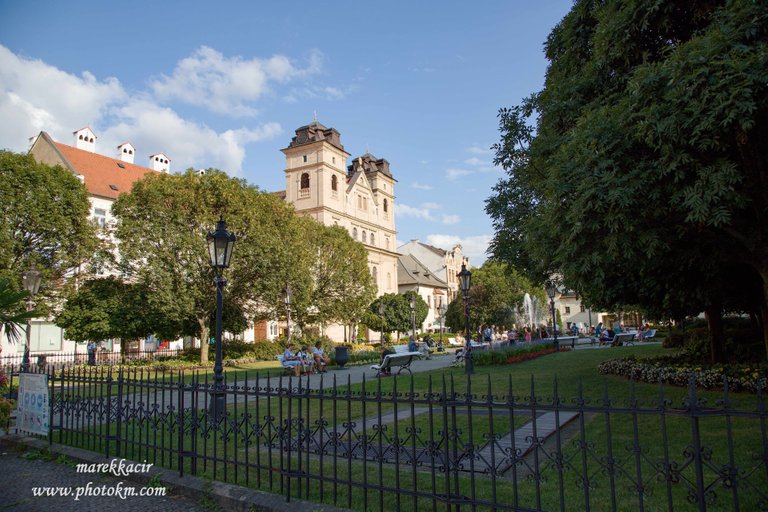
Prvá písomná zmienka pochádza z roku 1230, no mesto je staršie. Košice sa stali mestom po roku 1241. V tom čase kráľ Belo IV. podporoval znovu osídlenie Uhorska po mongolskom vpáde. Vďaka tomu prišli do mesta obyvatelia saského Nemecka.
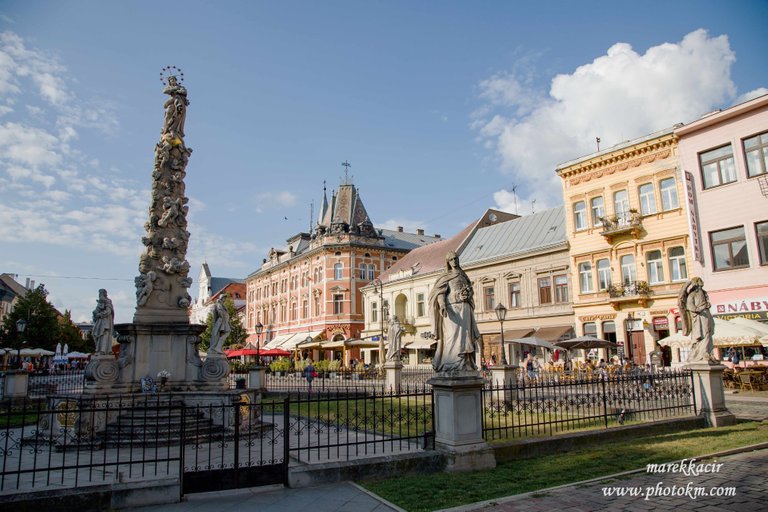
Mesto sa aktívne zapájalo do politiky a aj do bojov. V roku 1312 sa mesto postavilo na stranu kráľa Karola Róberta z Anjou v boji o uhorský trón. Vyzbrojilo vojská a v Bitke pri Rozhanovciach po boku kráľa porazili Omodeja Abu a Matúša Čáka Trenčianského. Za túto podporu si mesto vyslúžilo viaceré privilégia.
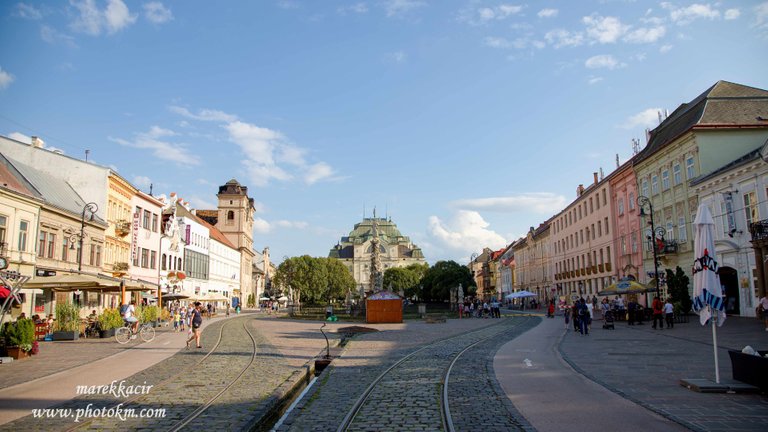
Mesto postupne získavalo na dôležitosti. Môže sa pochváliť najstarším písomne doloženým mestským erbom v Európe. Získalo ho v roku 1369. Stalo sa druhým najdôležitejším mestom v Uhorskom kráľovstve s rovnakými právami ako Budín a patrilo medzi najväčšie mestá v Európe. Košice boli kultúrnym, remeselným a obchodným centrom horného Uhorska.
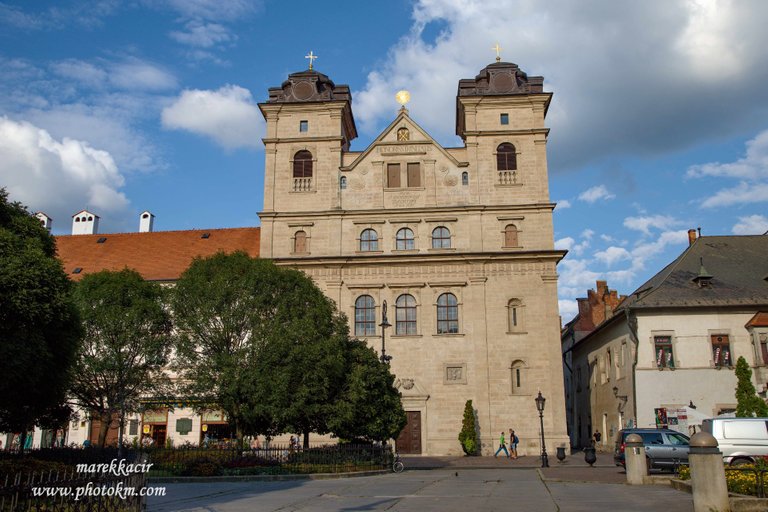
Od 16. storočia sa situácia zmenila a Košice sa stali centrom protihabsburskych stavovských povstaniach. Najvýznamnejšie z nich bolo povstanie Františka II. Rákociho v rokoch 1703-1711. Tomu sa podarilo ovládnuť takmer celé horné Uhorsko.
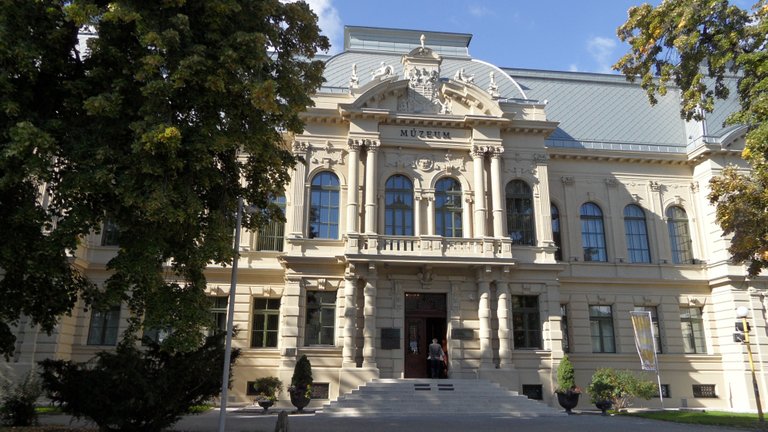
Po prvej svetovej vojne a rozpadu Rakúsko-Uhorska vznikla Česko-Slovenská republika, ktorej sa Košice stali súčasťou. Netrvalo to však dlho, pretože počas Druhej svetovej vojny došlo k rozpadu Česko-Slovenska a mesto pripadlo k Maďarskému kráľovstvu.

V roku 1945 po oslobodení mesta Červenou armádou tu bola sformovaná prvá povojnová česko-slovenská vláda a vyhlásený Košický vládny program.
Košice sú skrátka mestom ktoré sa oplatí navštíviť.
Congratulations, your post has been added to Pinmapple! 🎉🥳🍍
Did you know you have your own profile map?
And every post has their own map too!
Want to have your post on the map too?
Your content has been voted as a part of Encouragement program. Keep up the good work!
Use Ecency daily to boost your growth on platform!
Support Ecency
Vote for new Proposal
Delegate HP and earn more
Congratulations @photoparadise! You have completed the following achievement on the Hive blockchain and have been rewarded with new badge(s):
Your next target is to reach 900 replies.
You can view your badges on your board and compare yourself to others in the Ranking
If you no longer want to receive notifications, reply to this comment with the word
STOPCheck out the last post from @hivebuzz:
Support the HiveBuzz project. Vote for our proposal!
Congratulations @photoparadise! You received the biggest smile and some love from TravelFeed! Keep up the amazing blog. 😍 Your post was also chosen as top pick of the day and is now featured on the TravelFeed.io front page.
Thanks for using TravelFeed!
@for91days (TravelFeed team)
PS: TravelFeed is in social media to reach more people, follow us on Facebook, Instagram, and Twitter.
Daily Travel Digest #1481.
Become part of our travel community:
- Join our Discord
- Learn more about our travel application
Hiya, @ybanezkim26 here, just swinging by to let you know that this post made it into our Honorable Mentions in Your post has been manually curated by the @pinmapple team. If you like what we're doing, please drop by to check out all the rest of today's great posts and consider supporting other authors like yourself and us so we can keep the project going!Would love to visit Košice some day. The architecture there is amazing! Thanks for sharing your photo story, @photoparadise.
Thank you
Skoda, že si neprešiel ešte na historickú železnicu a tak isto na Košickú vyhliadku. Nabudúce ked budeš v KE ťa môžem povoziť aj mimo mesta kde je toho tak isto veľa čo obzerať.
Ďakujem za ponuku. Na historickú železnicu sa chystám s deťmi, počul som že je to dobré. Na vyhliadke a košickom hrade som bol, napíšem o tom tiež príspevok niekedy nabudúce. Ja som zo Spišskej, ponuka platí aj pre tebe ak by si sem zavítal.
Já mám u východniarů spoustu příbuzných (ještě trochu dál od Košic na východ) a jediný co jsem za svůj život v Košicích viděl, bylo náměstí :D
A ja som sa zas ďalej na východ od Košíc s foťákom zatiaľ nedostal... Ale plánujem to napraviť 😂
Nevim jestli to za to stojí... :D
:DDD... Ale určite áno :D